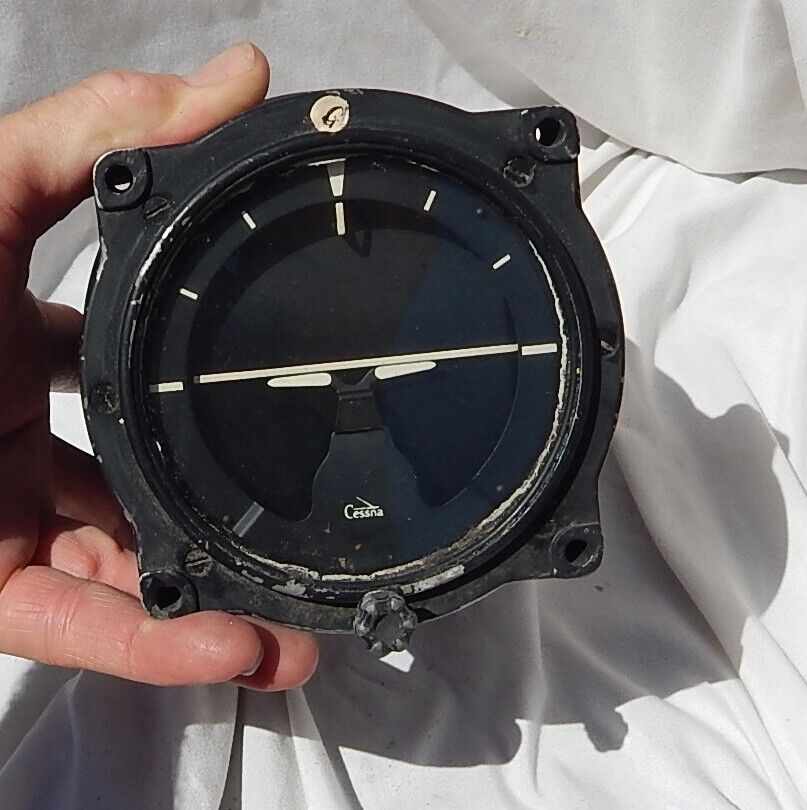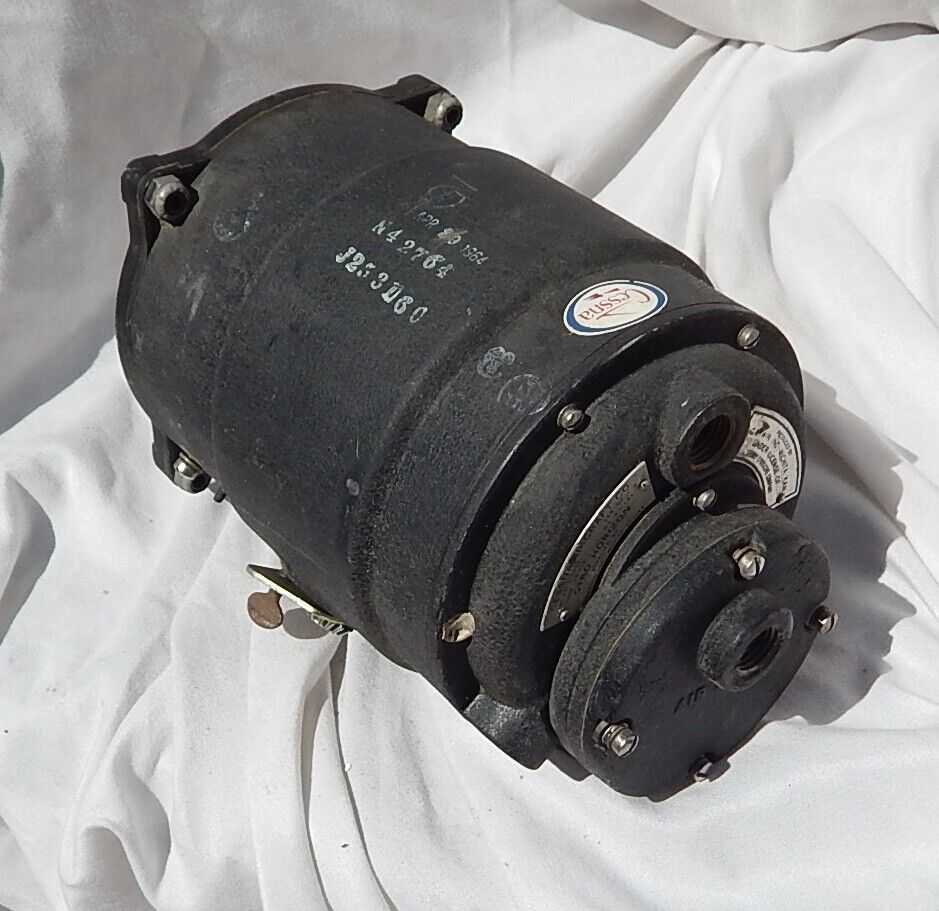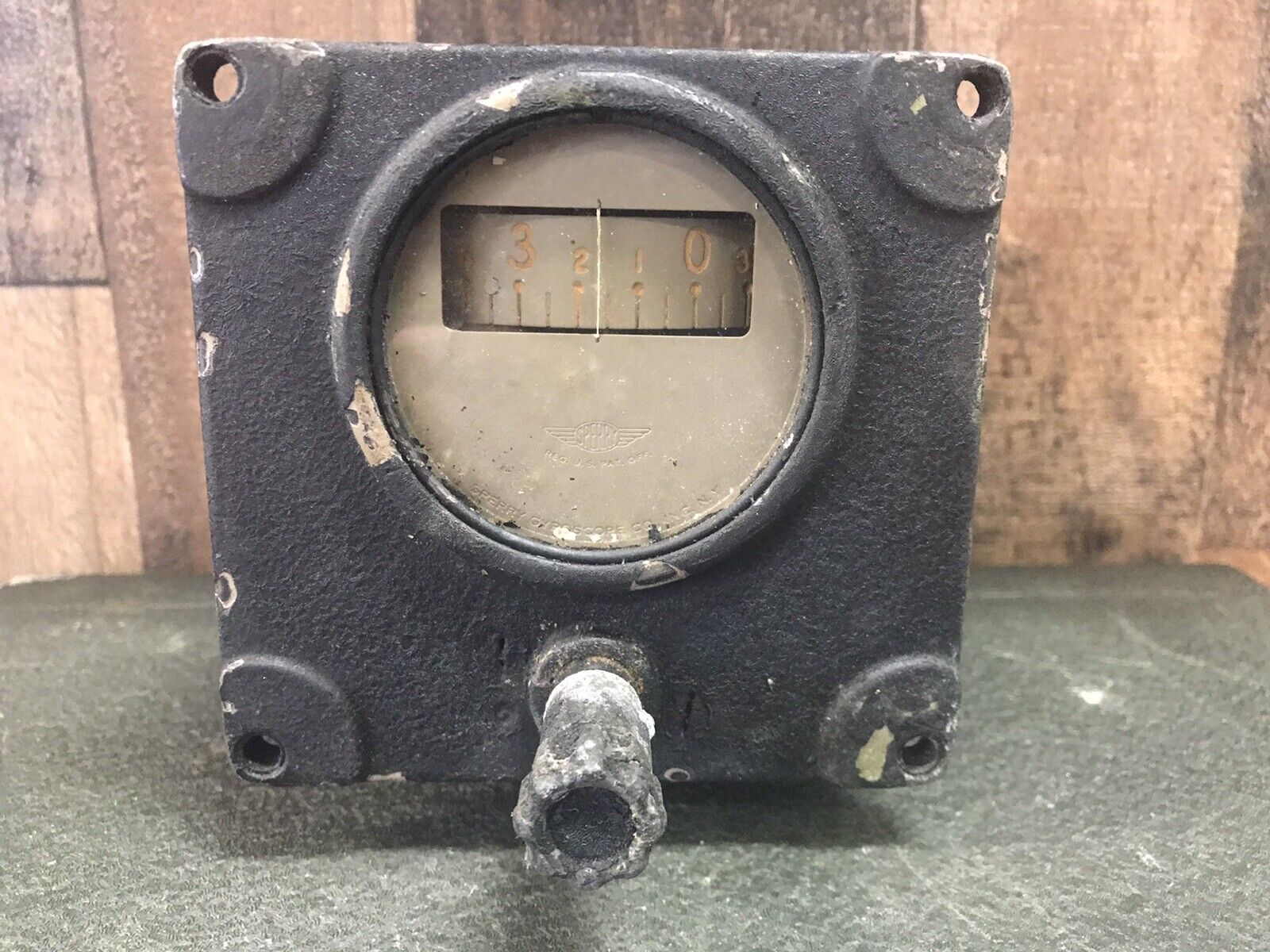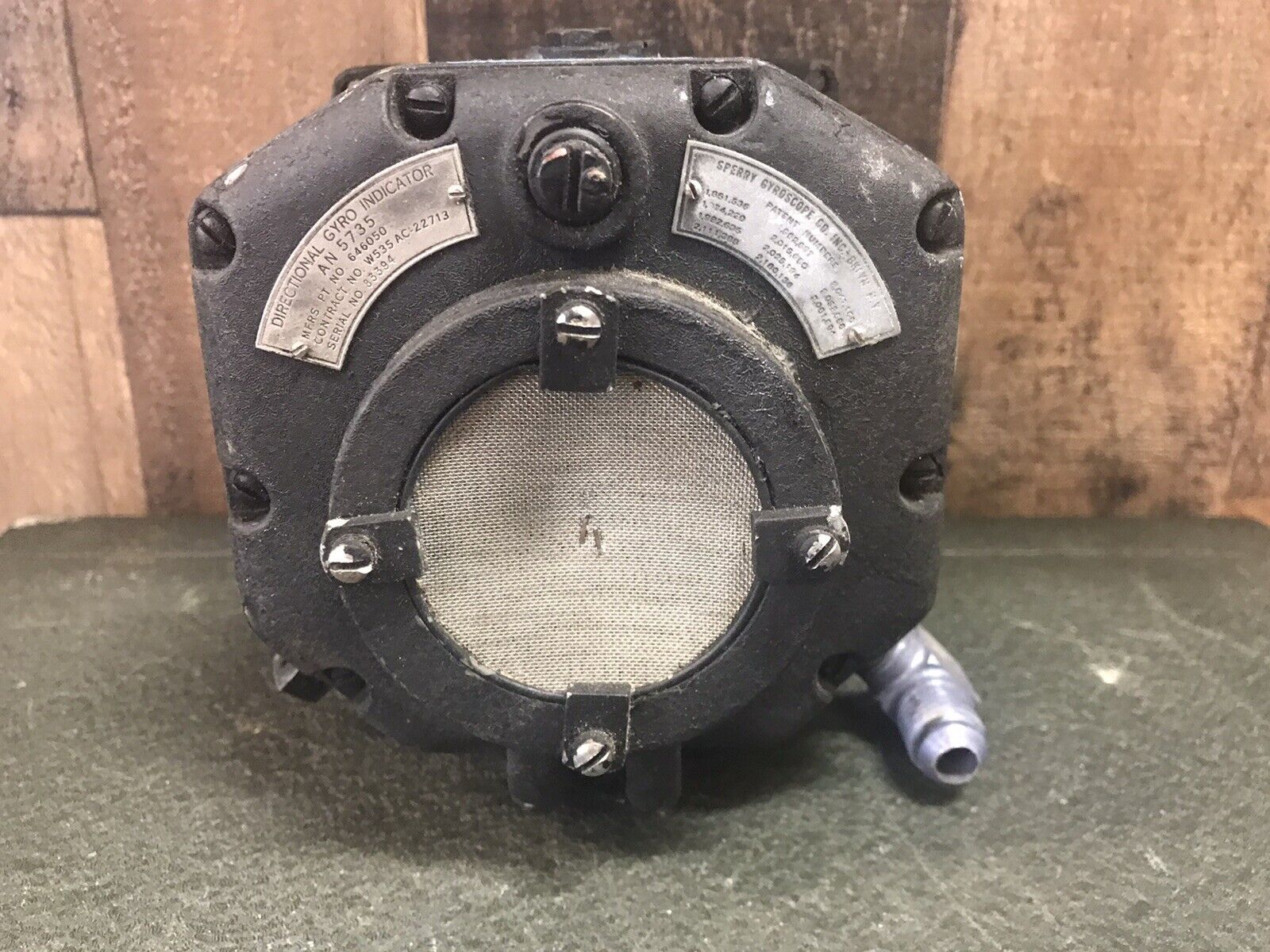Will Kumley
Line Up and Wait
My new to me airplane uses a venturi vacuum system. The logbook shows it as an 8" venturi and it is connected to the attitude indicator, directional gyro, and turn indicator. At 100 mph it seems to only pull 3" of vacuum.
There is, what appears to be, an adjustment screw on the trailing side of the mount for the venturi tube but I cannot find anything that says if/how the adjustment screw works.
There is, what appears to be, an adjustment screw on the trailing side of the mount for the venturi tube but I cannot find anything that says if/how the adjustment screw works.












